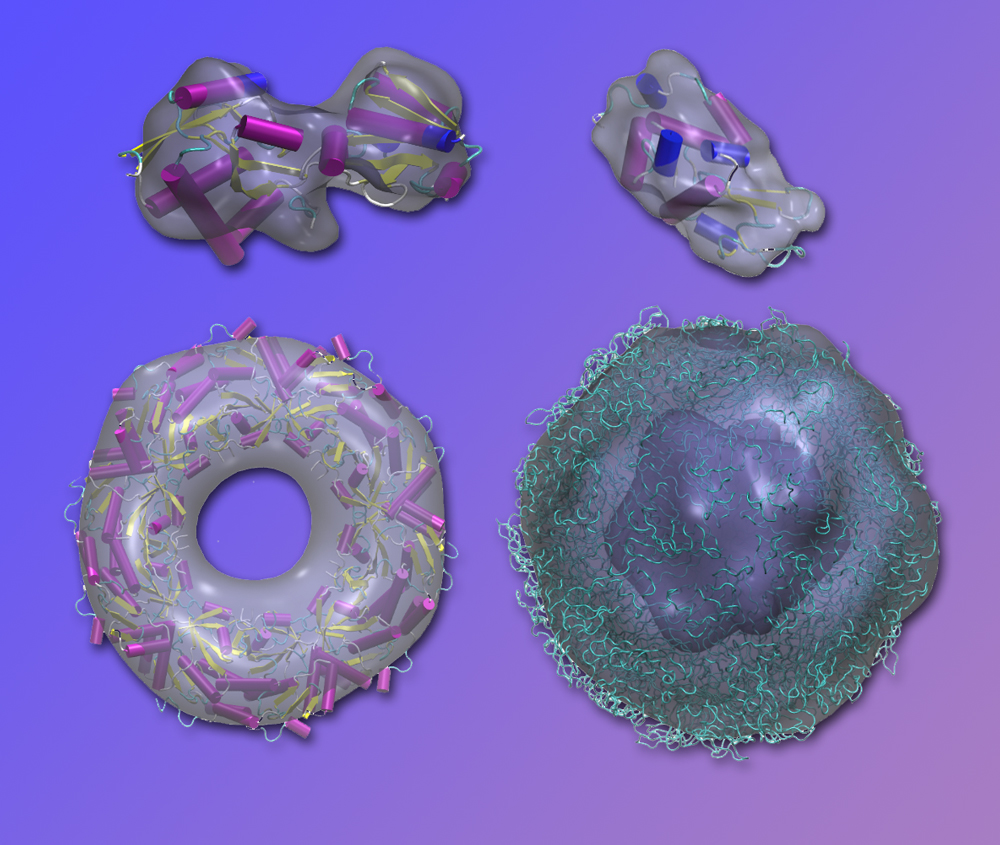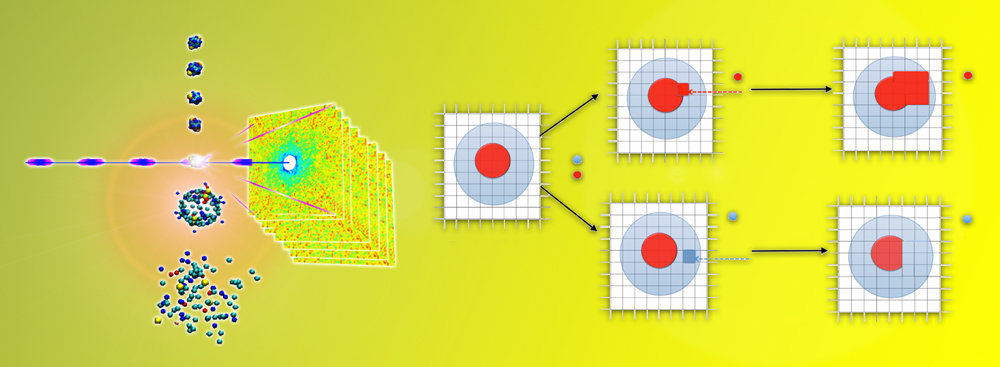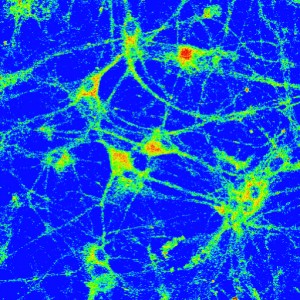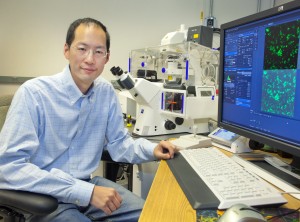Sandia Labs News Releases
May 28, 2013
Sandia hosting national conversation on engineering

Sandia President and Laboratories Director Paul Hommert will be among the leaders opening a National Engineering Forum in Albuquerque on Wednesday, May 29. The forum is the second in a series of regional dialogues scheduled this year in cities that have played a role in shaping engineering in the United States. (Photo by Randy Montoya) Click the thumbnail for a high-resolution image.
ALBUQUERQUE, N.M. — Sandia President and Laboratories Director Paul Hommert says U.S. prosperity depends on effective use of engineering to turn scientific innovation into products that come rapidly to market and increasingly are made in the U.S.A.
The National Engineering Forum (NEF) and Sandia are bringing together regional leaders for a conversation about engineering on Wednesday, May 29, in Albuquerque. The event will help identify what the nation’s engineering community can do to make sure technical talent will be available in the future, prepare engineers for the 21st century and secure U.S. leadership in a global economy that’s increasingly focused on innovation.
Media representatives are invited to attend the invitation-only NEF event at 6 p.m. on Wednesday, May 29, at theNational Museum of Nuclear Science & History, 601 Eubank Blvd. SE. Sandia President and Laboratories Director Paul Hommert, Lockheed Martin Senior Vice President and Chief Technology Officer Ray O. Johnson, Lockheed Martin Vice President for Engineering Jeff Wilcox and Council on Competitiveness President and CEO Deborah L. Wince-Smith will speak at the NEF regional dialogue dinner. Contact Sue Holmes at (505) 844-6362 or sholmes@sandia.govby 2 p.m. Wednesday.
“Publicly funded research at Sandia National Laboratories benefits the nation in countless ways. Our multidisciplinary scientists and engineers solve complex problems, address issues of national and even global importance and translate basic science into technological discovery and innovation that strengthens U.S. competitiveness,” Hommert said before the forum.
The event is the second in a series of regional dialogues scheduled this year in cities that have played a prominent role in shaping engineering in the nation. The forums will culminate next year with a gathering in Washington, D.C., to bring together leaders and ideas from the regional events to emphasize the importance of engineering to the nation’s economic security.
The NEF brings together industry executives, academics, policymakers, engineering groups and others concerned about sustaining engineering in the United States and its impact on the nation’s security and prosperity. Lockheed Martin Corp., the Council on Competitiveness and the National Academy of Engineering launched the National Engineering Forum in 2012.
Sandia National Laboratories is a multi-program laboratory operated by Sandia Corporation, a wholly owned subsidiary of Lockheed Martin company, for the U.S. Department of Energy’s National Nuclear Security Administration. With main facilities in Albuquerque, N.M., and Livermore, Calif., Sandia has major R&D responsibilities in national security, energy and environmental technologies and economic competitiveness.




